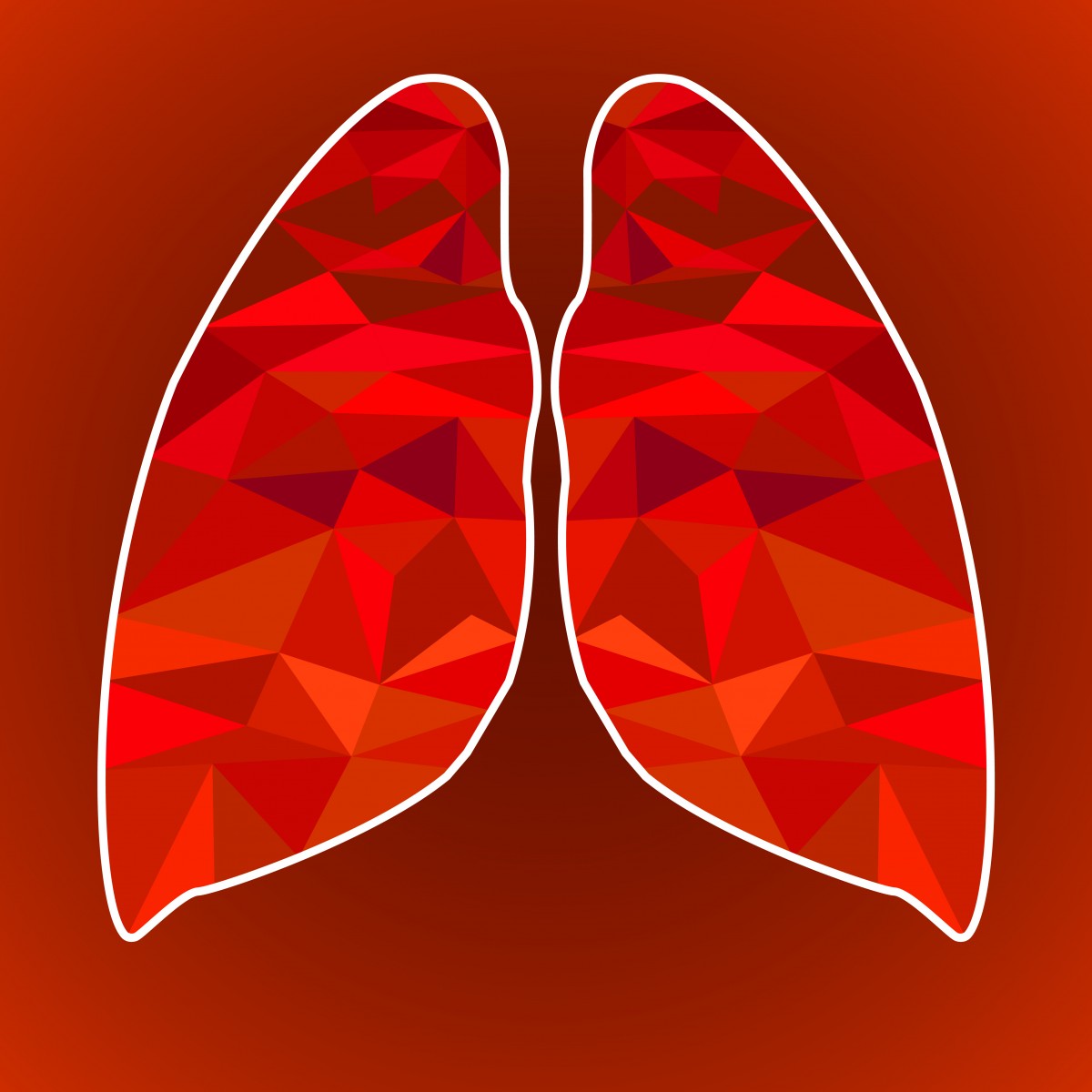Pulmonary Hypertension Risk in People with Pulmonary Embolisms Often Overlooked, Study Finds

Results from a retrospective study based on a claims database of U.S. patients with pulmonary embolism indicated that physicians are failing to recognize and diagnose thousands of cases of a serious lung disease, chronic thromboembolic pulmonary hypertension (CTEPH). The study, “Monitoring for Pulmonary Hypertension Following Pulmonary Embolism: The INFORM Study,” was published in the American Journal of Medicine and funded by Bayer.
CTEPH, a rare form of pulmonary hypertension characterized by progressive dyspnea, is commonly seen as a long-term sequela of acute pulmonary embolism. It can lead to right heart failure if unrecognized and left untreated.
In many patients with CTEPH, dyspnea is attributed to other conditions, leading to a delayed diagnosis. The mean duration from onset of symptoms to a CTEPH diagnosis was estimated to be 2.7 years. Effective diagnosis is crucial as CTEPH is a treatable condition.
In the INFORM (INvestigating the role oF disease monitORing in incident pulmonary embolism patients using a Managed care claims dataset) study, researchers performed a retrospective claims database analysis of incident pulmonary embolism (PE) cases, and extracted data for one year prior and two years post the incident PE event. The aim was to determine the prevalence of pulmonary hypertension following incident pulmonary embolism, and the disease monitoring patterns in 7,068 incident PE patients.
Of the total patients, 87 percent had a claim for a pulmonary hypertension-related symptom, and 7.6 percent had a claim for pulmonary hypertension during followup. Only 55 percent of all pulmonary embolism patients had diagnostic procedural claim(s) post-pulmonary embolism: echocardiogram in 47 percent, computed tomographic angiography in 20 percent, ventilation-perfusion scan in 6 percent, and right heart catheterization or pulmonary angiography in less than 1 percent, suggesting that the incidence of CTEPH could be 3.8 percent. The mean time from pulmonary embolism diagnosis to first screening test was 131 days.
“Between 300,000 and 600,000 Americans experience a pulmonary embolism every year, and our study shows that up to four percent of those patients may later go on to develop CTEPH,” Victor Tapson, MD, director of the Venous Thromboembolism and Pulmonary Vascular Disease Research Program at Cedars-Sinai Medical Center in Los Angeles, said in a news release. “Furthermore, the results demonstrate that the risk of developing CTEPH after pulmonary embolism remains substantially under-recognized.”
“These results demonstrate that if respiratory symptoms are nonspecific and persistent in a patient with a history of pulmonary embolism, you have to have a high index of suspicion for pulmonary hypertension,” said David Platt, MD, director, U.S. medical affairs at Bayer, and co-author of the INFORM study. “The implications are particularly important for the subset of pulmonary embolism patients who go on to develop CTEPH. Increased awareness and use of recommended diagnostic methods, such as V/Q scans, could dramatically improve prognosis, given the availability of potentially curative surgery.”
The researchers indicated that future studies should investigate how patients with pulmonary embolism, both with and without pulmonary hypertension, may differ in the way they are treated and managed to gain additional insights into prevalence, treatment patterns, and costs associated with CTEPH.







